Should a River Have the Same Rights as a Person?
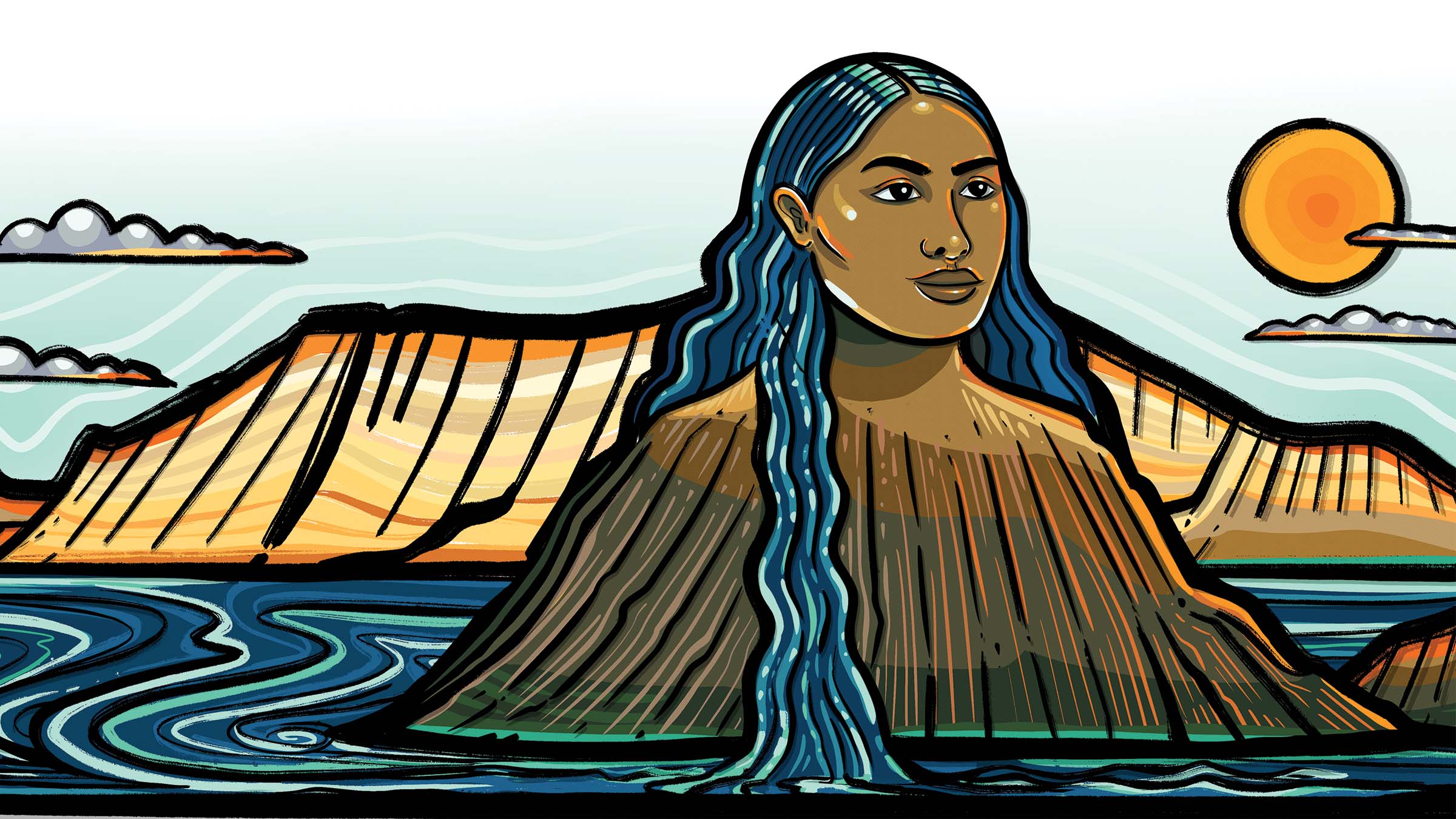
(Photo: Steph Littlebird)
When the Colorado River went to court in 2017, attorney and activist Will Falk was tasked with speaking on its behalf. But this was no typical client. To understand what the river might say if given a chance to testify, Falk set out to travel the Colorado’s entire length. He started by searching for where the first threads of snowmelt begin stitching together a body of water that supplies 40 million people as it runs through seven western states and into Mexico. Off the northern edge of Rocky Mountain National Park in Colorado, he dug the plaque that marks the river’s headwaters out of a foot and a half of October snow, then hiked upstream along the trickle until ice and snow turned him back.
Next, Falk drove downstream toward the river’s terminus at the Gulf of California, passing farms, fish hatcheries, dams, coal-fired power plants, and uranium mines. Stopping at the riverbank along the way, he’d watch the water and consider the questions he asks his human clients: Who are you, and what do you need?
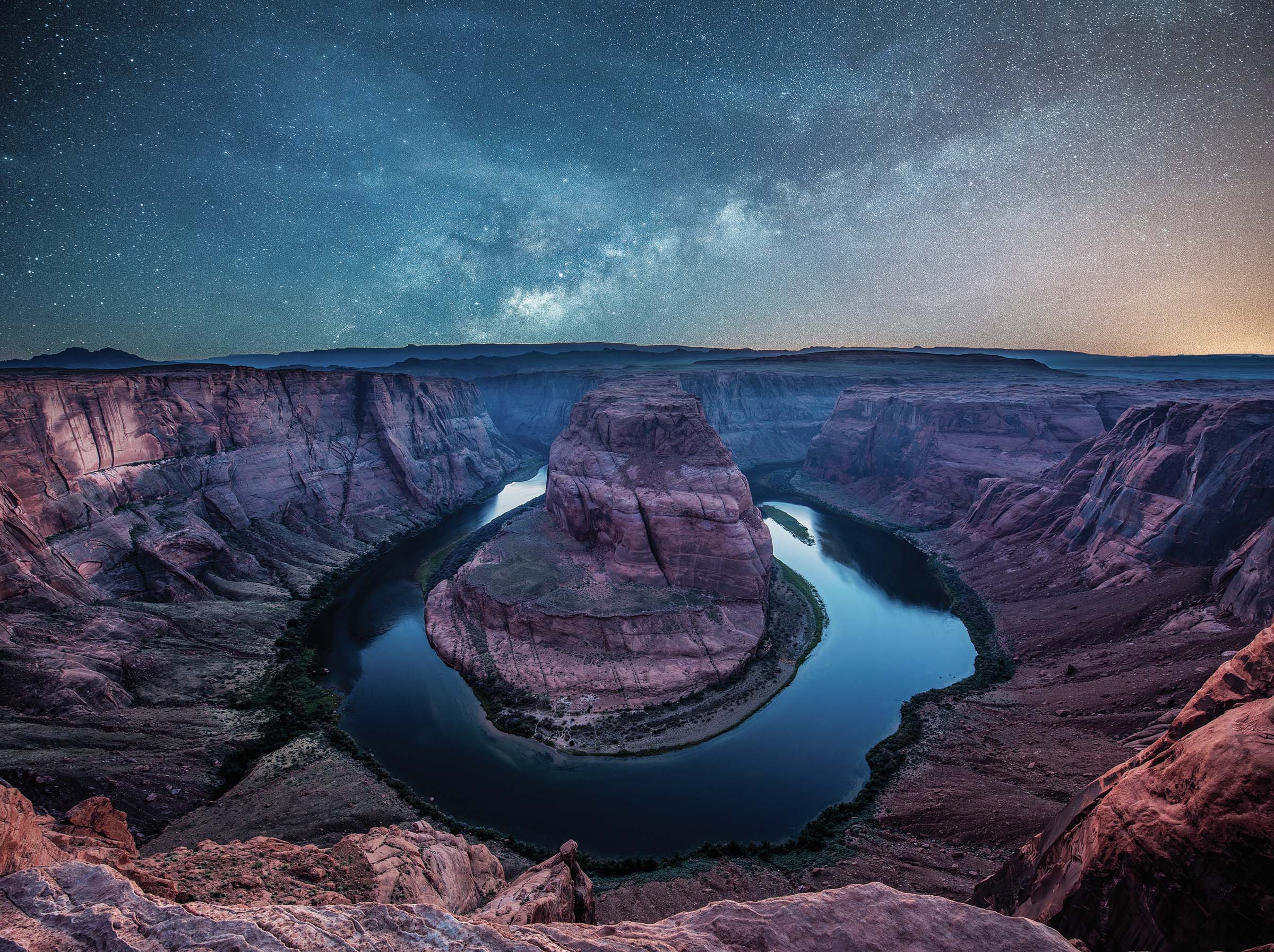
“The Colorado River, she wants to be a river, and a river delivers water to whoever needs her,” he determined, and that means not just people, but places, plants, and animals from her headwaters to where her waters should join the sea—something the Colorado River hasn’t done for decades. “She wants to flow to the ocean, to have poison taken out of her, to repair the riparian communities and the places that have dried up because of humans taking too much water.”
The lawsuit Falk joined, filed by activist and civil rights attorney Jason Flores-Williams and Deep Green Resistance, a “radical environmental movement dedicated to stopping the murder of the planet,” was part of an effort seeking to grant ecosystems the same rights under the law as a person. Securing environmental personhood, or the Rights of Nature, allows for a forest—through a human spokesperson—to bring a lawsuit against someone who wants to cut down its trees or a mountain to sue someone who wants to develop a strip mine. In other words, any natural feature or landscape that stands to be polluted or otherwise adversely impacted by human activities could go to court in its own defense.
A colonialist mindset, central to our country’s foundations, views the world as a bank of commodities: It sees not a forest, but rather lumber to be harvested, and not a river so much as water for fields and hydropower turbines. But indigenous frameworks have long viewed the world more as something humans have a relationship with. Environmental personhood imports some of that essence.
Proponents say it’s a critical shift in focus from simply protecting commodities to protecting the wellbeing of ecosystems and the planet as a whole.
“One of the really horrifying things about the way that we’ve protected—supposedly protected—the environment so far is that even where we most stringently protect it, that tends to play out in the form of bans and limitations,” says Gwendolyn Gordon, an assistant professor at the University of Pennsylvania. Gordon studied how entities other than people can be recognized as persons in the legal system and how that principle might transfer to the environment.
The status quo approach to protecting the environment often leads to businesses doing the bare minimum to avoid problems, or, Gordon says, essentially asking, “How much of this can we ruin without ruining the whole thing?”
The Rights of Nature movement seeks to invert that system and ask, instead, what’s necessary for ecosystems to flourish and thrive.
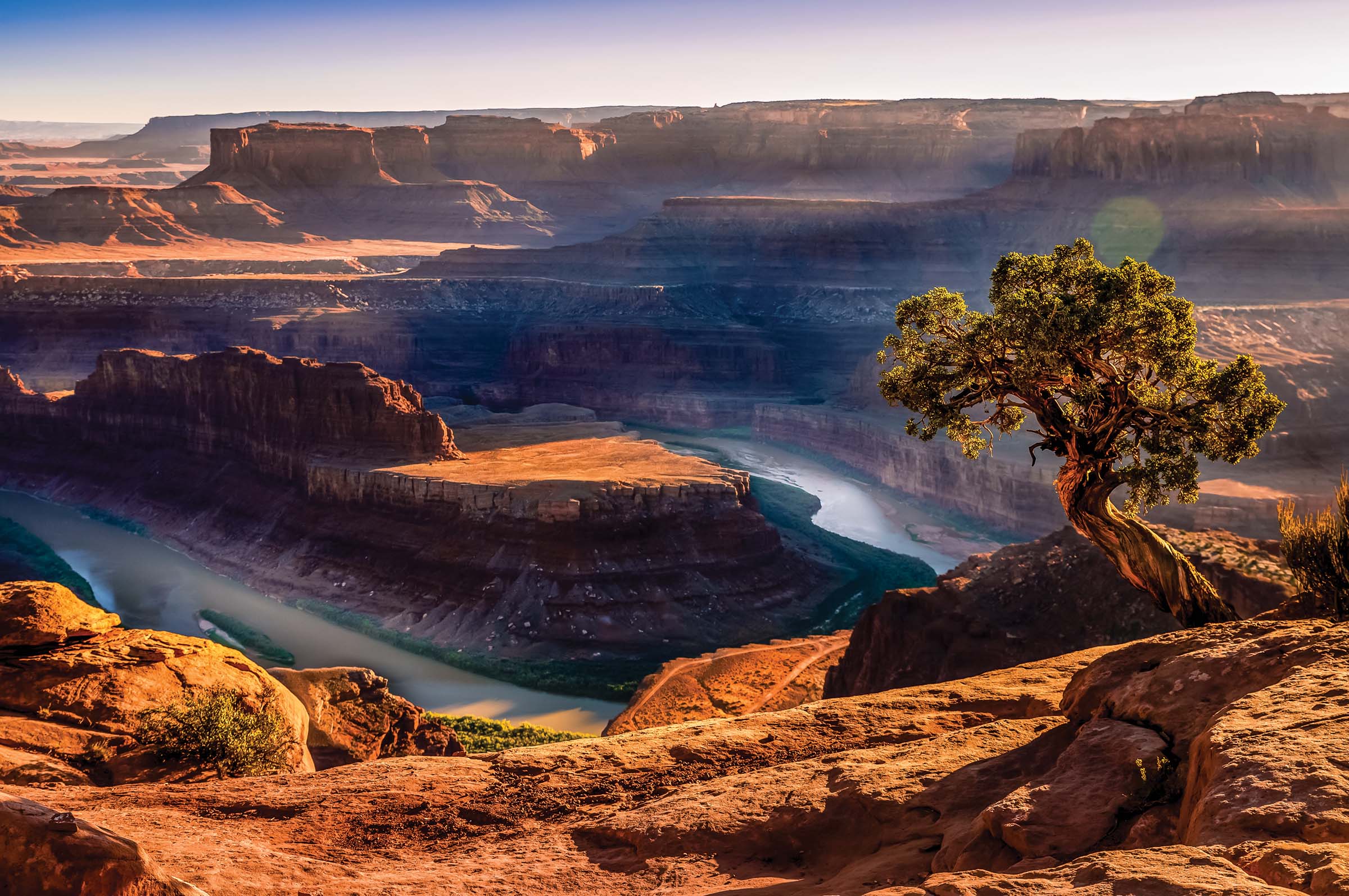
Other nations have already legally recognized Rights of Nature. In 2008, Ecuador added a constitutional provision that declared nature’s right to persist and regenerate. Bolivia’s lawmakers passed “the Law of the Rights of Mother Earth” in 2010. In New Zealand, a national park and a river were recognized as legal persons in 2014.
The roots of the idea in western law lie in a legal battle that reached the United States Supreme Court in 1972. Walt Disney Enterprises was planning to build a 1,030-room hotel, along with restaurants, swimming pools, chair lifts, and gondolas, to host 14,000 visitors a day in the Sierra Nevada’s Mineral King Valley. The Sierra Club sued to stop it, but lower courts ruled that because none of the Sierra Club’s members would be directly injured by the project, the organization had no basis for a lawsuit—it lacked standing.
As protesters marched on Disneyland, University of Southern California law professor Christopher Stone published an article titled, “Should Trees Have Standing?” In it, he proposed giving legal rights to forests, oceans, rivers, and the natural environment as a whole. Current law leaves a gap, he argued: A stream has no right to protect itself from pollution, only people downstream do, and those people may be dissuaded from doing so by indifference to the pollution, economic benefit from the company responsible, or an unwillingness to “stir up legal waters.”
The Sierra Club appealed its case for the Mineral King Valley all the way to the nation’s highest courts. When the Supreme Court heard the case, a split vote sided against the Sierra Club. But Justice William O. Douglas disagreed, and, in his dissenting opinion, pointed out that other inanimate objects can be recognized as legal personalities, such as ships and even corporations. “So it should be as respects valleys, alpine meadows, rivers, lakes, estuaries, beaches, ridges, groves of trees, swampland, or even air,” he wrote, so they can be defended from “bulldozers of ‘progress.’”
“The problem is to make certain that the inanimate objects, which are the very core of America’s beauty, have spokesmen before they are destroyed,” Douglas continued.
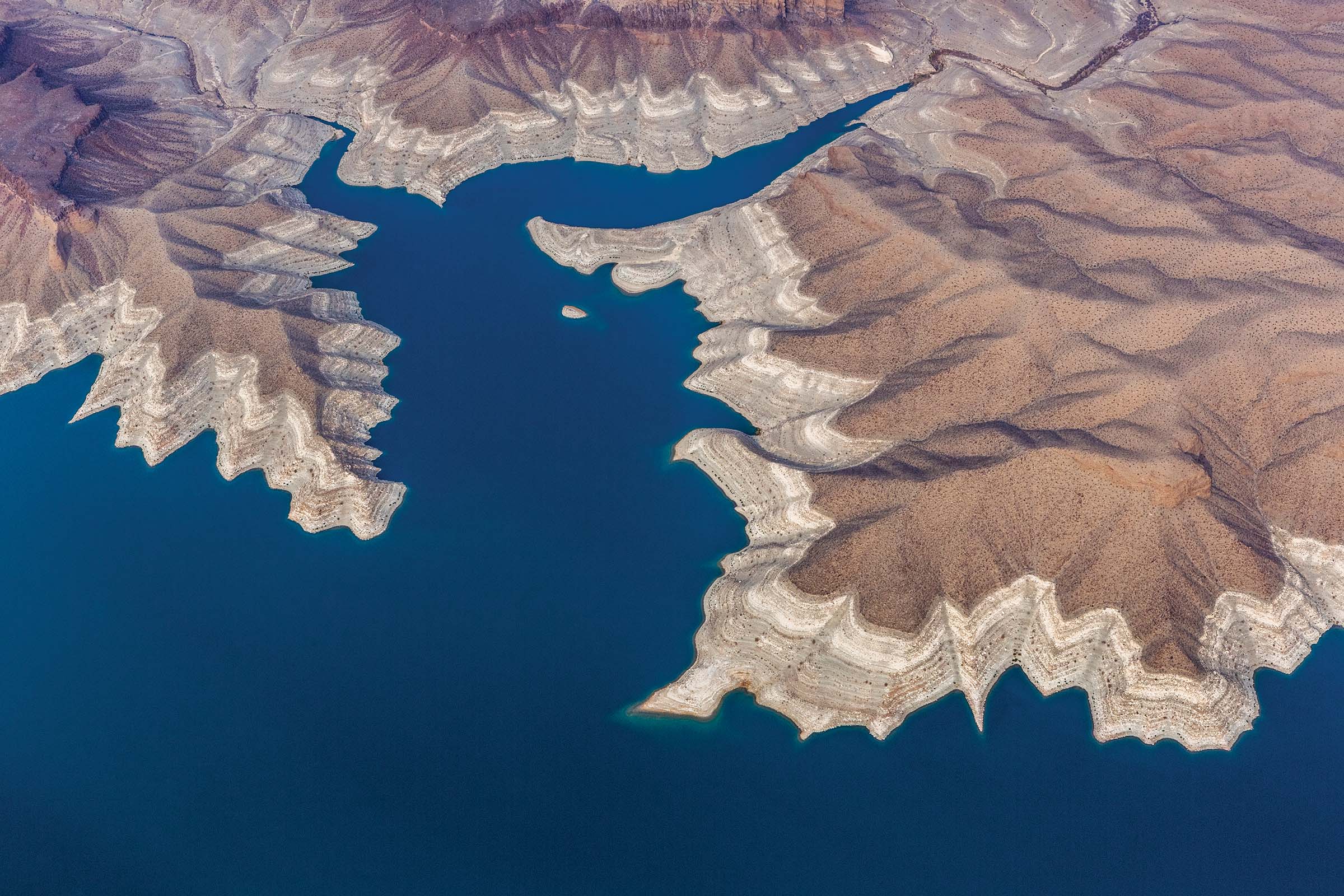
“Initially, people think it’s ridiculous, outrageous, how dare you, which is the same thing people thought about women having the right to vote initially,” says Kai Huschke, an organizer with the Community Environmental Legal Defense Fund, which works with groups and localities looking to legally recognize the rights of nature.
Now, an increasing number of communities in the U.S. that are interested in protecting themselves and their environment from pesticides and pollution are pursuing or considering the approach, but they face an inhospitable legal system. In 2017, Lincoln County, Oregon, residents voted to ban aerial pesticide spray over clear-cut logging operations to protect public health and drinking water, and included a rights of nature clause in that ordinance. Logging companies sued and won on the basis of a state law that preempts local laws. The case is on appeal, with the Siletz River Ecosystem listed among the parties. In 2019, citizens in Toledo, Ohio, voted to recognize Lake Erie as a person after a toxic algal bloom forced the city to shut off its water for several sweltering summer days. A federal court struck down the ordinance and the city backed out of the appeals process. Despite those setbacks, proponents see a long game. These things don’t move linearly, Huschke says. The path toward change wends, steps up, then slides back.
Some successes are emerging among indigenous groups, which can cite treaties between tribes and the federal government as backing. The Yurok Tribe in northern California now recognizes the Klamath River’s legal rights and the Nez Perce in Idaho those of the Snake River, both as efforts to better support threatened salmon. The “Grizzly Treaty,” signed by more than 200 tribes in the U.S. and Canada since 2016, declares grizzly bears’ right to exist. The White Earth Band of the Chippewa Nation adopted the “Rights of Manoomin,” or wild rice, to protect a crucial food source and spiritual staple threatened by dropping water levels and pollution.
“We historically believe we were called upon to come to where food grows on the water and migrated from the East Coast to the Great Lakes based on that,” says Frank Bibeau, an attorney and member of the Ojibwe, Chippewa, and Anishinaabe tribes who worked on the rights of manoomin. “It may very well be, in the big picture, the grand picture, that we don’t always see, that manoomin is again trying to protect us, nourish us, and remind us of what we’re supposed to protect.”
This adoption adds teeth to the tribe’s demands of the U.S. government and in court by citing historic treaties that give the tribe rights to harvest manoomin.
“Our way of explaining this isn’t inconsistent with how we would understand our rights under the treaties, and it’s a different way to protect things,” Bibeau says. “It may be the model for future ways to frame the law.”
In fact, it’s in line with many traditional indigenous ideologies in which the land humans live on has a life and rights of its own.
“But at the same time, the entire conversation is still through the rules of that game that the settler society has put upon those lands,” Gordon says. “Even if it’s the land owning itself.”
While enthusiasm grows for this ethos, Gordon points out, “There’s saying that ‘nature has rights,’ and then there’s law in action. The development of the law is not just about what the law says. It’s about
what it makes happen in real life and what people use to make it happen.”
Even progressive, forward-looking legal developments can stall out without the political or social will to use those laws to benefit the environment.
That these rights are only as firm as the people who pursue them joins a list of logistical hang-ups for the approach, says Michael Barsa, co-director of the Environmental Law Concentration at the Northwestern University Pritzker School of Law. He also asks, what about the competing interests in an ecosystem? What if a spokesperson steps in with nefarious intentions? What gains are made in this fight when the courts now allow people who live near, routinely visit, or have concrete plans to travel to a place to argue against its environmental degradation as damaging their aesthetic experience? Is this a major shift if, ultimately, these laws still rely on people and their will to protect the planet?
“To expect that nature is going to sort of save us from ourselves is not something I see in the legal system right now,” Barsa says. “Maybe the real project here is to have more people reimagine their relationship to nature. If you make the trees or the mountains or the river legal people, maybe people will start to reconsider their own relationship with those things, maybe think of them less as things but more like neighbors.”
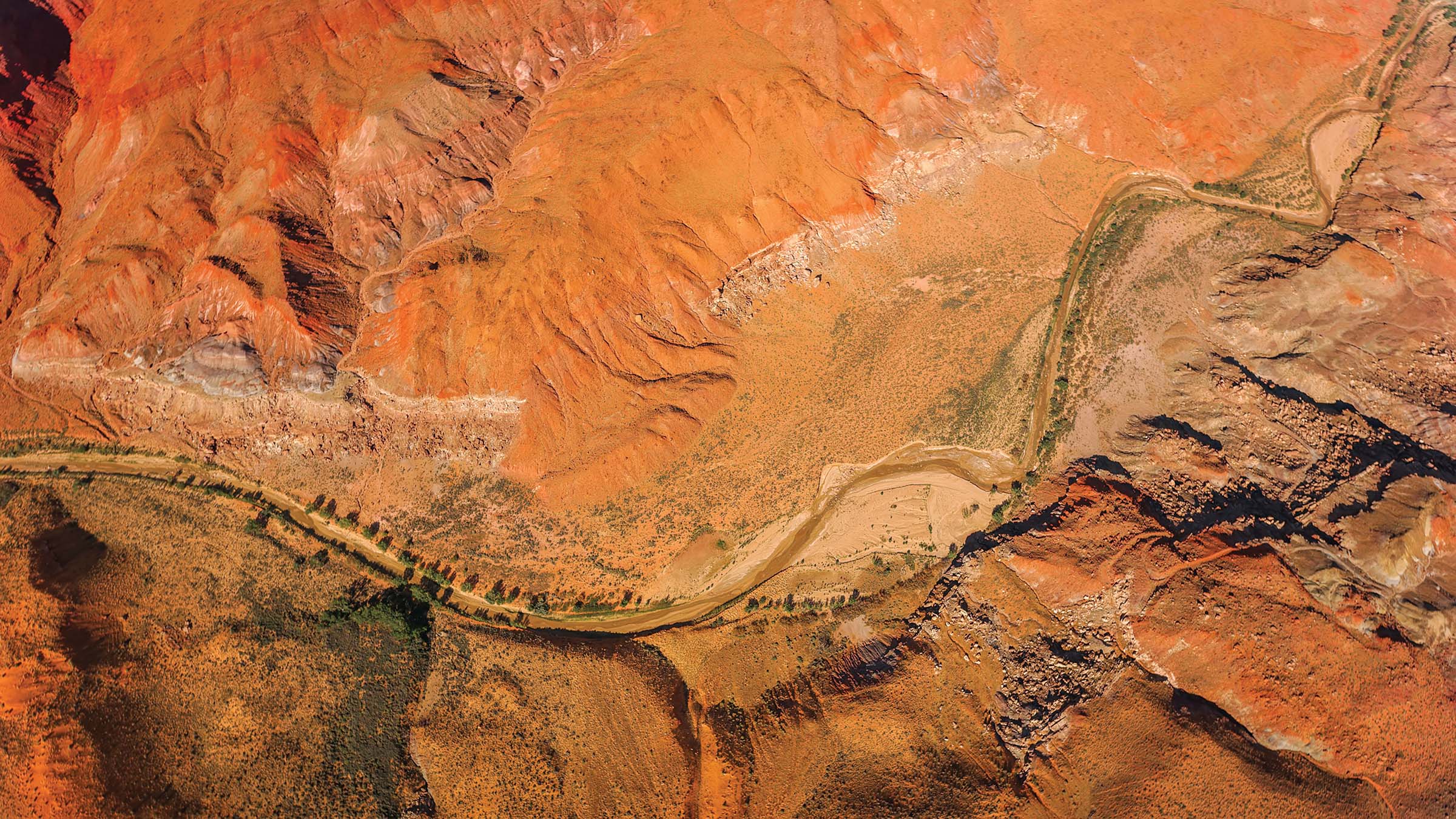
Falk was following the Colorado River through Utah’s redrock canyons when he heard the case had been dropped. Colorado’s attorney general had threatened the lead attorney with sanctions and fines that could have ended his practice, so the plaintiffs dismissed their own lawsuit. The move cost Falk his faith in the approach entirely.
“If you gave a major ecosystem a right to naturally evolve, most economic activities on that ecosystem would become illegal, and corporations and the government are simply not going to let that happen,” he says. So, he turned from petitions and lawsuits to direct action.
On the January day in 2020 that the U.S. Bureau of Land Management approved a permit for an open-pit lithium mine that would swallow nearly two square miles of sagebrush and grass along the Santa Rosa Mountains in northern Nevada, Falk and a friend drove out into the basin and pitched tents in the mud to protest and physically block machines from starting work.
Six months later, they’re still there. Sometimes, their camp sees up to 30 protestors, and during the day, members of the Fort McDermitt Paiute and Shoshone Tribe visit. But some nights, it’s just the two of them, alone with the coyotes and owls.
None of it’s easy progress, agrees Bibeau, who worked on the rights of manoomin: “We’re operating under old systems. We’ve got to change the system. And that’s where ‘disruption law’ comes in, and that’s where Indian law comes in, and that’s where people are going to support us more and more, because they’re going to see that the law that they thought was going to protect them actually is what permits those activities.”
In the end, Bibeau says, the work done now to protect these entities—the wild rice, the fish, other tangible barometers of a healthy ecosystem—will undergird even stronger protections. He believes the next generation will use this as groundwork to protect not just one ecosystem or one tribe, but the entire planet.